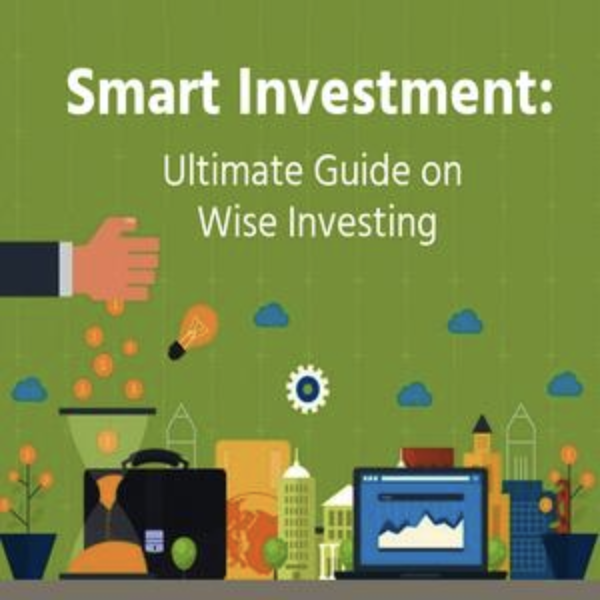Greed & Fear: Mastering Investment Psychology
High-net-worth individuals frequently misinterpret uncommon assets as safe investments. Their avarice often manifests in pursuing exclusive opportunities—such as pre-IPO companies or limited-art fund options—under the impression that scarcity ensures financial success. This obsession can blind them to inflated prices, transforming luxury items into financial liabilities.
The "Herd Mentality" of the Affluent
Avarice flourishes among the rich: when one associate gains from a vineyard investment, others swiftly join in to avoid being left out. Fear disseminates even more rapidly—an exit by a notable investor from cryptocurrency leads to a rush to withdraw. This collective mindset extinguishes independent thought, a significant flaw for investors who can take advantage of tailored strategies.

Greed’s Subtle Deterioration: Overconfidence in "Expertise"
Affluent investors frequently misjudge their capacity to predict market shifts, primarily due to previous triumphs. Their greed compels them to retain speculative investments (like unique watches or NFT collections) for excessive durations, disregarding cautionary indicators. They conflate chance with competence until a market correction reveals the disparity.

This arrogance blinds even experienced investors to their limitations. For instance, a technology entrepreneur who benefited from early cryptocurrency investments might stubbornly cling to a depreciating NFT collection, misinterpreting market saturation as merely a “temporary setback”—wrongly equating their tech knowledge with an understanding of collector markets. Greed distorts their evaluation of risk: they concentrate more on prior successes than current market realities, transforming once-valuable investments into liabilities that ultimately hinder portfolio performance when market conditions alter.
Fear’s Illusion of Protection: "Cash Is King" Extremism
During periods of market instability, fear leads affluent investors to stockpile cash or gold, viewing these as "secure" assets. However, this excessive caution can result in missing out on recovery surges. For individuals with high expenditures, stagnant funds diminish in value due to inflation, jeopardizing long-term financial objectives.
This “safety” carries hidden downsides for the wealthy. Accumulating cash during a market downturn might shield against immediate losses, yet it also risks missing the 20-30% recovery surges that frequently occur following declines. For those with substantial living costs, inflation gradually diminishes the value of unutilized cash: a $10 million cash reserve can lose $300,000 in purchasing power each year at a 3% inflation rate, slowly diminishing wealth designated for future endeavors like retirement or inheritance planning. Fear can turn “caution” into “inertia,” trading off sustainable growth for a false sense of security.
The "Regret Aversion" Trap: Fear of Missing & Losing
Avarice intensifies feelings of regret over "lost opportunities" (for example, not purchasing a rising luxury condominium), leading to hasty acquisitions. Meanwhile, fear amplifies regret concerning "previous losses" (such as a failed art investment), hindering them from pursuing new chances. Both forces keep investors ensnared in reactive patterns.

Mastery: Strategies to Combat Greed & Fear
Successful investors implement "pre-commitment strategies": designating 10% of their capital for speculative endeavors (to control greed) and establishing "mandatory holding periods" for key investments (to combat fear). They additionally refrain from discussing their portfolios with peers, thereby shielding their decisions from social influences. This framework effectively transforms emotional responses into a controllable factor.
(Writer:Dick)



